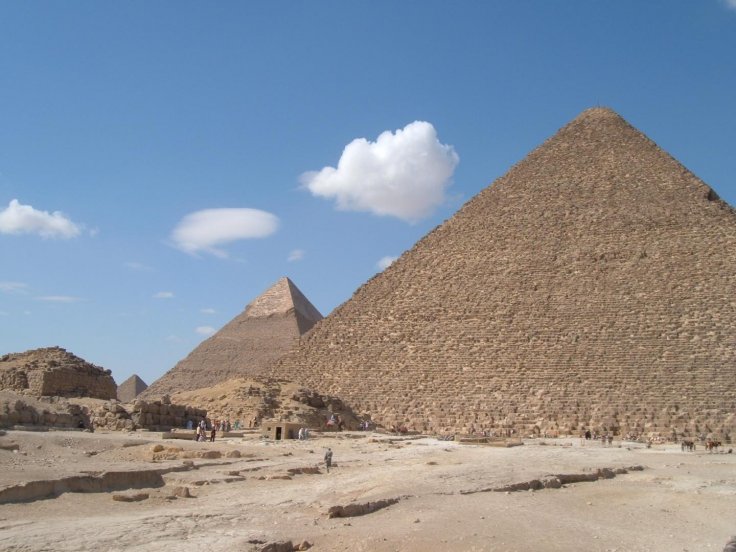Almost 4700 years ago when ancient Egyptians were building the pyramids, the star Thuban may have served as the North Star. The star was probably the axis around which all the other stars appeared to spin during the night time. Later some researchers claimed that the pyramids were built to point directly towards this star, which is in the constellation of Draco for that reason.
Recently it was revealed that NASA scientists noticed Thuban which appeared between the bowl of the Little Dipper to the left and the handle of the Big Dipper to the right.
NASA watching Thuban
Astronomers at NASA monitor the star along with others via a space telescope, the Transiting Exoplanet Survey Satellite (TESS) as they are continuously looking for the exoplanets. But recently TESS discovered that Thuban undergoes eclipses.
It should be noted that the North Star or Thuban is actually a pair of stars and the larger star among the pair is more than four times bigger and hotter than the Sun. As per the scientists, the surface temperature of the larger star is around 17,500 degrees Fahrenheit, while the other star is five times fainter than as well as half the size of the larger star.
The two stars orbit one another at an average of about 38 miles and complete the circle in every 51 days, scientists had never found any evidence that they could eclipse one another in the orbital path. In a recent statement after the recent finding, Angela Kochoska, a postdoctoral researcher at Villanova University said in a statement to NASA that "The first question that comes to mind is: 'How did we miss this.'"
The finding of the rare eclipse

In an annual meeting of the American Astronomical Society on Monday, January 6, Kochoska presented her findings. She said, "The eclipses are brief, lasting only six hours, so ground-based observations can easily miss them. Because the star is so bright, it would have quickly saturated detectors on NASA's Kepler observatory, which would also mask the eclipses."
This discovery helped the astronomers to understand that both the starts that pass in front of one another, leave the other one in the shadow, causing the brightest eclipse. Scientists believe that observing Thuban during the eclipse can help them to get a more accurate measurement of the masses and size details of both the stars. Kochoska believes that NASA telescope TESS will discover more eclipses in other parts of the cosmos.
The North Star and Egypt
It should be noted that the pyramids in Gaza were built during the third millennium BC as tombs for kings. The ancient Egyptians used these two bright stars Big Dipper and Little Dipper to align their pyramids in a north-south direction with an accuracy of up to 0.05 degrees. But it is still unclear how the Egyptians took the accurate measures for the alignment. However, the way the tilt of Earth's axis has changed over time the positions of the stars change gradually over time.
Scientists used modern computers to rewind the astronomical clock and noticed that the two stars rotated around the pole opposite each other in the Old Kingdom sky and an imaginary line joined these stars, passed through the north pole. So when both the stars placed vertically above each other, both would mark the position of true north for the pyramid builders. In this case, if the calculation is right then the construction of the Great Pyramid at Giza began between 2485 and 2475 BC.










